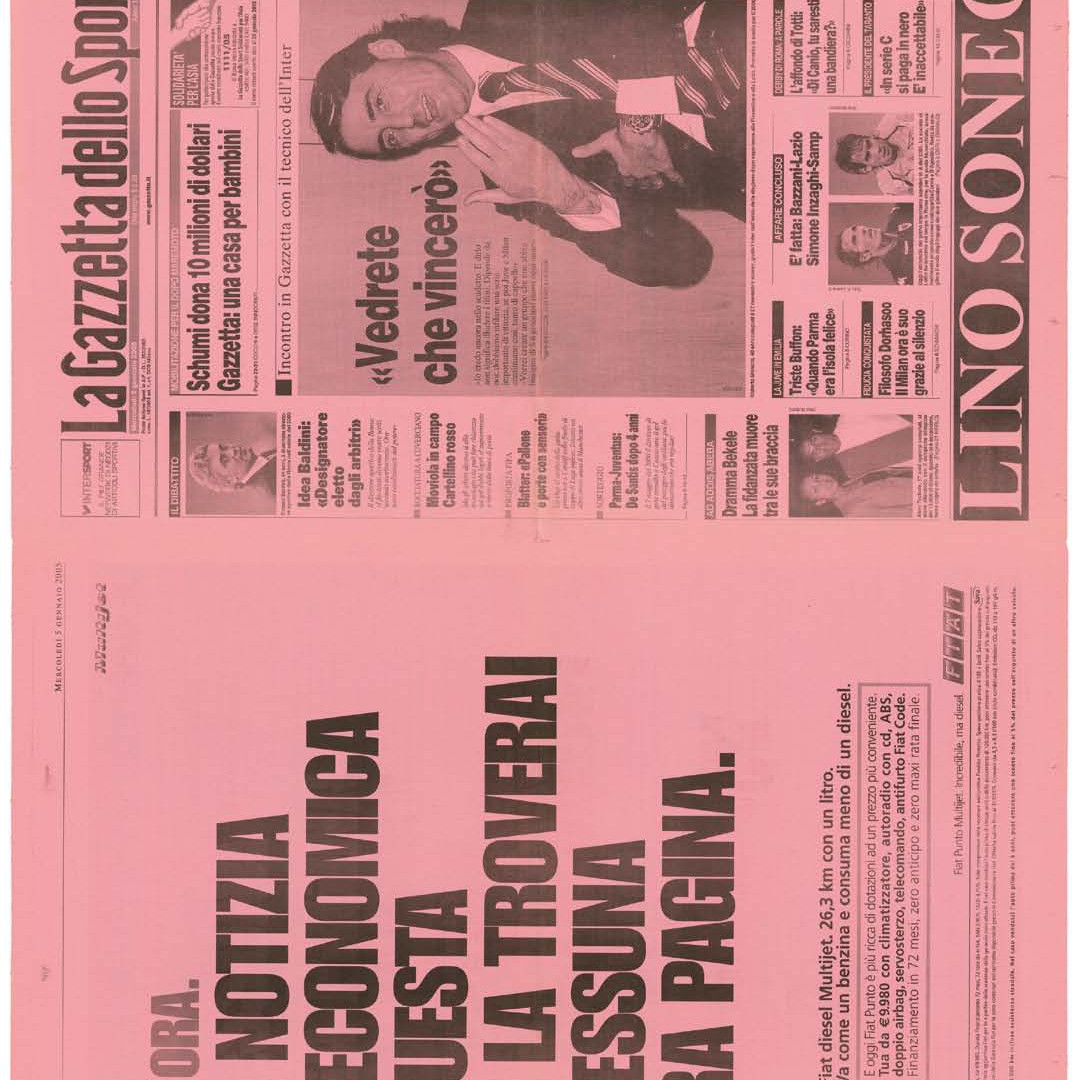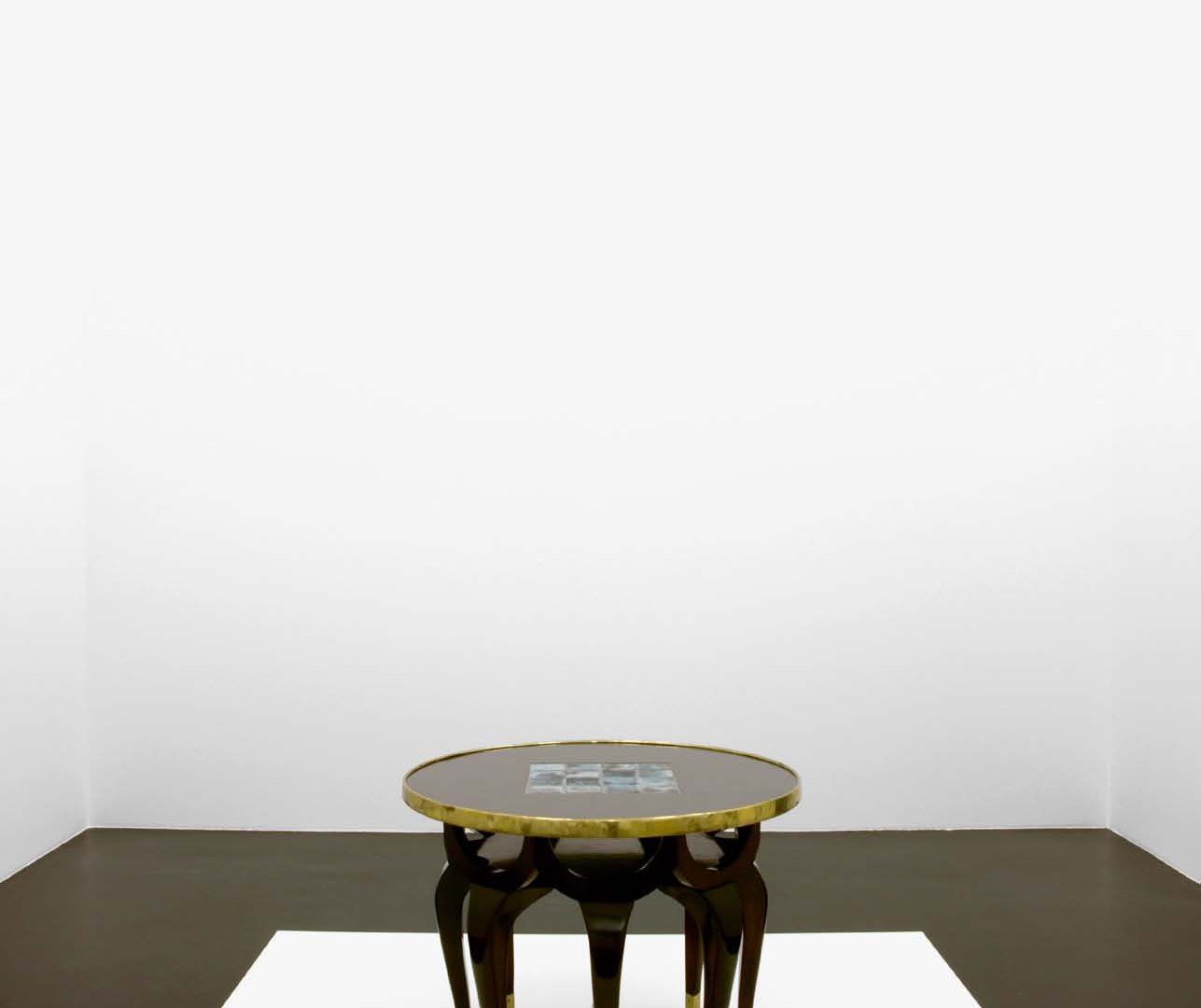Mathias Poledna
12:50
When asked to define the film he was working on at the time for the catalogue of Modernologias, Mathias Poledna described it as being “A kind of choreography of objects that traces the outlines of and transitions between, typology, historicity, abstraction, historical documentation and an aesthetic of commerce.” The afore-mentioned choreography was embodied in Double Old Fashion (2009) by circular shots of a set of drinking utensils designed by Adolf Loos and manufactured from 1929 onwards by the Viennese firm J. and L. Lobmeyr. These glass tumblers, with the bottom decorated in a cross-cut diamond-pattern rotate in the film so as to accentuate the reduction of form derived from the basic shape of the cylinder as well as the visual effect evoked by specific lighting. As the camera slowly moves closer, the transparent surface of the glass is transfigured into a spectacle of light, where the visible and the invisible collapse into one another and where the repetition of regular rotation creates a pulsating motion of reflections gliding along the surface of the glass. The mere use of extreme close-up in Poledna’s film turns the 1920s-1930s Modernist purism into 1980s New Wave glamour. This reading is supported by the visual materials that Poledna has selected for the exhibition invitation and poster, which draw on that period’s edition of the UK music magazine Melody Maker. The figure on the poster appears as a fashionably dressed man of the 1920s and 1930s, but it is in fact Kevin Rowland, the singer of the band Dexys Midnight Runners, who at the time wished to return to a “pure and sober” line, and in an ad from August 17, 1985, presented himself photographed in a single-breasted suit and tie. He wears the same suit in the video of This Is What She’s Like, as he walks by glass-plated skyscrapers, where the camera for a moment captures him with the same rotating movement that Poledna employs to shoot the Loos glass design; in the last shot of the video he is shown from above in a “musical” crane shot – a device Poledna also uses in the last shot of his own musical film, A Village by the Sea (2011).
#19 Film
Content
- ––– Profiles
- Jan Brož
- Martin Kohout
- Mathias Poledna
- Tomáš Svoboda
- Martin Arnold
- Józef Robakowski
- Ville Lenkkeri
- Isabell Heimerdinger
- Anna Balážová & Katarína Hládeková
- Boris Rjeznikov
- Dorothee von Rechenberg
- Jiří Kotrla
- Lucia Sceranková
- David Lamelas
- Filip Cenek & Tereza Sochorová
- Viktor Takáč
- Candida Höfer
- Frederick Kiesler
- ––– Theory
- Photography's Expanded Field
- ––– Reviews
- A Photographic Exhibition, but Rather One of Paintings...
- The Message of a Forgotten Photographer
- The Poete Maudit of Photography
- Here at Last! - Czech Photography 1938-2000 in Reviews, Texts and Documents
- From the Rhetoric of the Image to Notes on the Index
- Dagmar Hochová
Archive
- #45 hypertension
- #44 empathy
- #43 collecting
- #42 food
- #41 postdigital photography
- #40 earthlings
- #39 delight, pain
- #38 death, when you think about it
- #37 uneven ground
- #36 new utopias
- #35 living with humans
- #34 archaeology of euphoria
- #33 investigation
- #32 Non-work
- #31 Body
- #30 Eye In The Sky
- #29 Contemplation
- #28 Cultura / Natura
- #27 Cars
- #26 Documentary Strategies
- #25 Popular Music
- #24 Seeing Is Believing
- #23 Artificial Worlds
- #22 Image and Text
- #21 On Photography
- #20 Public Art
- #19 Film
- #18 80'
- #17 Amateur Photography
- #16 Photography and Painting
- #15 Prague
- #14 Commerce
- #13 Family
- #12 Reconstruction
- #11 Performance
- #10 Eroticon
- #9 Architecture
- #8 Landscape
- #7 New Staged Photography
- #6 The Recycle Image
- #5 Borders Of Documentary
- #4 Intimacy
- #3 Transforming Of Symbol
- #2 Collective Authorship
- #1 Face







